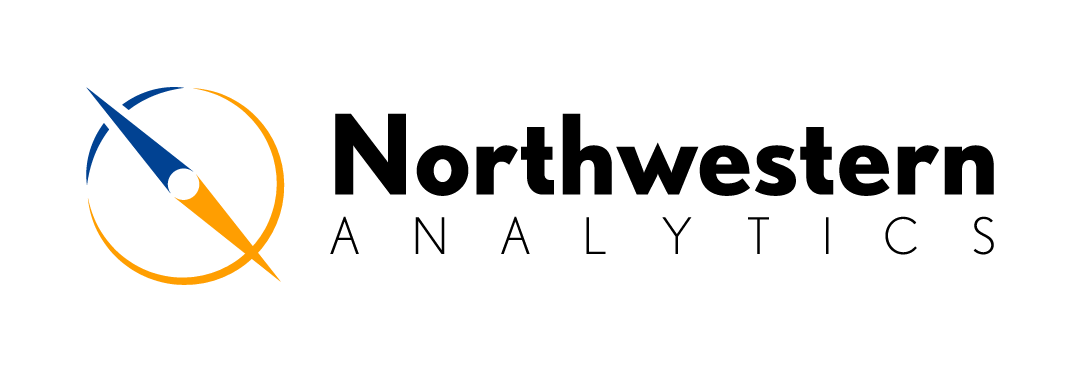

Our client was a nonprofit organization in Chicago and was looking to start a digital transformation program. We began by meeting with their executive leadership team and identified each of the various systems and applications they use within their operations and completed a prioritization matrix. We then took the top ten most important “Mission Critical” systems for their organization and from that list identified 8 distinct processes which we could automate. We then conducted stakeholder interviews where we had their end users walk us though their workflows so that we could both build scripts which automated the process as well as build a visualization dashboard for their management team using PowerBI.
We faced a number of challenges with this project: the organization’s analytical maturity is quite low (They average less than 20 on a 100-point scale), which makes it very difficult to know where to begin. We have also started meeting some potential resistance with front-line employees and non-executive management; we started brainstorming this past weekend about creating a change management program to go along with our project management program.
At the conclusion of the project, we delivered an automated solution that helped to reduce their processing time for three processes from 24 hours down to less than 30 minutes. This is a near 98% decrease in processing time that allows staff to focus on more strategic initiatives that add more value to the organization.
In the Finance department of the client, there are monthly processes where staff members need to download reports in a comma separated value format and manually type it into another excel file so that it can be imported into another system. This process takes considerable time and leads to data quality issues. An example may be that the first system outputs the report as first name last name but the second system needs the import as last name, first name. Data quality issues in this case may be in the form of a name being spelled incorrectly or that the correct order of first name and last name was not in the right position.
Time spent copying the same data piece into another format is not value added to the mission of the organization. There were limitations on the first system’s capabilities in updating the reporting format and also a lack of knowledge in how to do it. As a result, current and new staff members continued to process these reports manually without understanding that there is a better way to do it.
Data quality issues can be costly to the organization as well. In addition to spending time to fix the issues, data analysis is very limited as a result. To elaborate, when there is a typo in a name, then it would require someone to first identify it as an issue, notify the correct person to update it, and then the time it takes to update it. Data that is incorrect will make it hard to do analysis because you may not who this person is nor what their demographic data is because the link to that data may be stored in another system that requires you to be able to match it up properly.
Furthermore, advanced analytics models are hard to develop without data that is workable. This limits the organization from reaching their full potential since they cannot use their resources effectively, namely their data. We will now discuss this further in the following sections.
The end game is for a digital transformation for our client. This would mean that they have the capability to make predictions and have prescriptions made from their data. In order to get to this point, the foundation for data needs to be put in place. The foundation would include data to be maintained properly through automation and training of staff members.
The challenge is that the organization is not currently in a place where their data is maintained properly due to multiple systems being maintained and staff members not understanding how to pull data correctly or not able to manipulate the data using efficient techniques. There is sufficient buy in from top management, however there is some skepticism from staff level members about moving towards a data driven culture.
We will discuss remedies for these issues in the next section. These will include the use of technology to automate certain tasks and provide training to staff on how to execute the solution. Due to time constraints, additional initiatives were moved to a second phase where we continue to partner.
We elected to implement our solution to automate the transformation of the data using Microsoft PowerBI Desktop version. The benefit of this solution is that there is no cost to the organization and it is user friendly. The transformation was done using Power Query and outputted using PowerBI’s table visualization. The script that was used allows for scaling because it’s the same series of steps no matter how much data is there. If there is a change needed, it would just result in a simple change of a few lines of code rather than retraining staff members on how to do it. This is not to say that staff members need to know the code, however Power Query is an intuitive language for making changes as needed and has ample free resources available to learn the language.
The solution has greatly reduced the processing time and errors in the process. As a result, staff members can then dedicate their time to more strategic initiatives that further the mission to help the community. As a side benefit, the feedback we received is that in addition to the time saved, we helped push the organization to re-evaluate their processes so that more initiatives can be undertaken to further improve the organization’s operations.
Digital transformation is not a short-term project. It requires continuous dedication from all levels of the organization. There may be times where staff members may prefer the status quo because it works, but this type of thinking leads to missed opportunities that can be costly. Firstly, staff members are not able to reach their full potential and are stuck doing trivial things that take away from their day. Secondly, the organization isn’t able to help as many people as they would like because they are focused on administrative tasks.
We are engaged in a second phase with the client to further the partnership by helping to guide them to a place where they can lead with data. They are the true heroes in our narrative because they are making an impact by helping those in need in their community. We hope to help guide other organizations to where they can lead with data and focus on their core business.
Project:
Digital Transformation, Business Automation and Process Improvement
Client:
Medium Nonprofit, Chicago, IL
Sponsor:
Business Analytics Practice
Year:
2020
Engagement Manager
Antonius Tran, Partner
Project Manager:
Andrew D’Amico, Partner
Team:
Saul Alarcon, Associate
Zahid Khalil, Associate
Erik Meija, Consultant

Our purpose is to assist individuals and organizations in making a positive difference in their industry and in their community through education, data strategy, and innovation.
Our mission is to create industry-leading, tailored solutions powered by sound research to assist companies in making data driven decisions and innovating in their field, engaging brilliant people, and cultivating diverse and forward-thinking perspectives.
Chicago, IL
Miami, FL
Kansas City, MO
Salt Lake City, Utah
San Francisco, CA
New York, NY
info@northwesternanalytics.com
